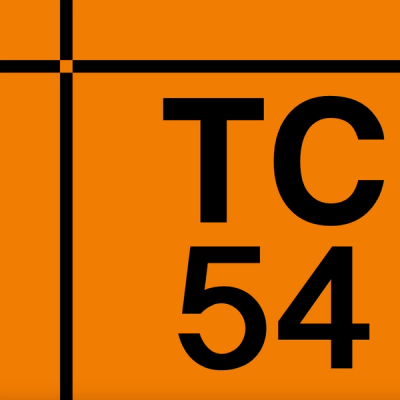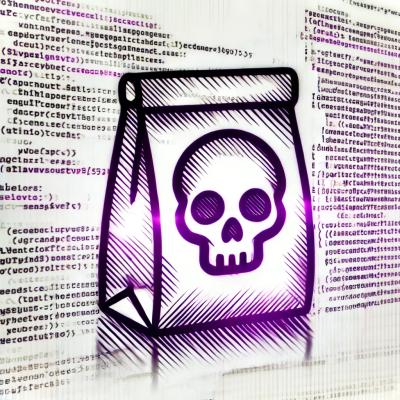What is @ionic/core?
@ionic/core is a library of web components that allows developers to build high-quality mobile and desktop apps using web technologies like HTML, CSS, and JavaScript. It provides a comprehensive set of UI components and utilities that are designed to work seamlessly across different platforms.
What are @ionic/core's main functionalities?
UI Components
Ionic Core provides a wide range of UI components such as buttons, cards, forms, and more. These components are designed to be highly customizable and work across different platforms.
<ion-button>Click Me</ion-button>
Navigation
Ionic Core includes a powerful routing system that allows developers to define navigation paths and manage the app's state. This makes it easy to create complex navigation flows.
<ion-router><ion-route url="/home" component="home-page"></ion-route></ion-router>
Theming
Ionic Core allows developers to easily customize the look and feel of their app using CSS variables. This makes it simple to apply consistent theming across the entire application.
:root { --ion-color-primary: #3880ff; }
Gestures
Ionic Core provides a gesture system that allows developers to add custom touch interactions to their components. This is useful for creating interactive and responsive user interfaces.
const gesture = createGesture({ el: myElement, gestureName: 'my-gesture', onMove: ev => console.log(ev) }); gesture.enable();
Other packages similar to @ionic/core
framework7
Framework7 is a free and open-source framework for developing mobile, desktop, and web apps with a native look and feel. It provides a rich set of UI components and features similar to Ionic Core, but it is more focused on providing a native-like experience.
onsenui
Onsen UI is a front-end UI framework for developing hybrid mobile apps. It offers a wide range of UI components and is designed to work with popular frameworks like Angular, React, and Vue. Onsen UI is similar to Ionic Core in terms of providing cross-platform UI components, but it emphasizes performance and ease of use.
quasar
Quasar Framework is a Vue.js-based framework that allows developers to create responsive websites, PWAs, and mobile apps. It provides a comprehensive set of UI components and utilities, similar to Ionic Core, but it is built specifically for the Vue.js ecosystem.
@ionic/core
Ionic is an open source App Development Framework that makes it easy to build top quality Native and Progressive Web Apps with web technologies.
The Ionic Core package contains the Web Components that make up the reusable UI building blocks of Ionic Framework. These components are designed to be used in traditional frontend view libraries/frameworks (such as Stencil, React, Angular, or Vue), or on their own through traditional JavaScript in the browser.
Features
- Tiny, highly optimized components built with Stencil
- Styling for both iOS and Material Design
- No build or compiling required
- Simply add the static files to any project
- Lazy-loaded components without configuration
- Asynchronous rendering
- Theming through CSS Variables
How to use
Vanilla HTML
Easiest way to start using Ionic Core is by adding a script tag to the CDN:
<script type="module" src="https://cdn.jsdelivr.net/npm/@ionic/core/dist/ionic/ionic.esm.js"></script>
<script nomodule src="https://cdn.jsdelivr.net/npm/@ionic/core/dist/ionic/ionic.js"></script>
<link href="https://cdn.jsdelivr.net/npm/@ionic/core/css/ionic.bundle.css" rel="stylesheet">
Any Ionic component added to the webpage will automatically load. This includes writing the component tag directly in HTML, or using JavaScript such as document.createElement('ion-toggle').
Additionally, within this package is a dist/ionic.js file and accompanying dist/ionic/ directory. These are the same files which are used by the CDN, and they're available in this package so they can be apart of an app's local development.
Framework Bindings
The @ionic/core package can be used in simple HTML, or by vanilla JavaScript without any framework at all. Ionic also has packages that make it easier to integrate Ionic into a framework's traditional ecosystem and patterns. (However, at the lowest-level framework bindings are still just using Ionic Core and Web Components).
Custom Elements Build
In addition to the default, self lazy-loading components built by Stencil, this package also comes with each component exported as a stand-alone custom element within @ionic/core/components. Each component extends HTMLElement, and does not lazy-load itself. Instead, this package is useful for projects already using a bundler such as Webpack or Rollup. While all components are available to be imported, the custom elements build also ensures bundlers only import what's used, and tree-shakes any unused components.
Below is an example of importing ion-badge, and initializing Ionic so it is able to correctly load the "mode", such as Material Design or iOS. Additionally, the initialize({...}) function can receive the Ionic config.
import { defineCustomElement } from "@ionic/core/components/ion-badge.js";
import { initialize } from "@ionic/core/components";
initialize();
defineCustomElement();
Notice how we import from @ionic/core/components as opposed to @ionic/core. This helps bundlers pull in only the code that is needed.
The defineCustomElement function will automatically define the component as well as any child components that may be required.
For example, if you wanted to use ion-modal, you would do the following:
import { defineCustomElement } from "@ionic/core/components/ion-modal.js";
import { initialize } from "@ionic/core/components";
initialize();
defineCustomElement();
The defineCustomElement function will define ion-modal, but it will also define ion-backdrop, which is a component that ion-modal uses internally.
Using Overlay Controllers
When using an overlay controller, developers will need to define the overlay component before it can be used. Below is an example of using modalController:
import { defineCustomElement } from '@ionic/core/components/ion-modal.js';
import { initialize, modalController } from '@ionic/core/components';
initialize();
defineCustomElement();
const showModal = async () => {
const modal = await modalController.create({ ... });
...
}
How to contribute
Check out the CONTRIBUTE guide
Related
License



